Hard Stuff is Hard
Chapter Four
To advance new research – a new perspective or story or narrative – we need to understand how the system works and we need to understand the real-world context of the issue we’re tackling.
Yes, that means we need to know what we don’t know – and we also need to know what we don’t know we don’t know. We need to ask the better questions and dig deeper to understand perspectives before they become conflict.
Even then? Even after all of that?
 To find the answer to our better question, we have to take into account the perspectives of all stakeholders. And we must weigh facts that may or may not be biased – facts that might be very true, but not always accepted as truth by all stakeholders.
To find the answer to our better question, we have to take into account the perspectives of all stakeholders. And we must weigh facts that may or may not be biased – facts that might be very true, but not always accepted as truth by all stakeholders.
This is how good decisions are made – decisions that, even with a broad coalition of support, might fail.
And we wonder why decisions take such a long time.
Perfect solutions aren’t always possible. We can’t always see eye-to-eye with everyone. There will be dissent. There will be disagreement. And that’s fine.
But we need to try harder to understand why someone disagrees with us.
“People are inherently good. They’re trying to do the right thing, but they’re doing the best they can with the resources they have available. That’s my balance point between not condoning actions that you don’t agree with, but not making people out to be villains. That sets you up with another ideology that can end in not a very good place. But when you start to engage in conversations with other parties, or other individuals in the system, who you don’t necessarily agree with, at least you can have a compassionate dialogue. Try to understand where they’re coming from because that’s the best way to make these changes, through understanding and education.”
Rising leader and farmer Takota Coen is bang on.
If someone merely disagrees with a decision, but isn’t insulted by it? When they feel at least their worst concerns and fears have been heard and addressed? There might be a few grumbles, but most people will accept the outcome and move on.
But when people feel a decision is a forced upon them? When people feel insulted by even well-researched decisions? That’s when opposition can dig in their heels.
After all, as our former prime minister Kim Campbell tells us, “It’s real flesh and blood human beings that have to live with decisions.”
It’s something we often forget.
Real people in the real world must live with the consequences of every decision. And that’s why, if too few people can see their perspectives and values reflected back in a decision, it’s unlikely a solution will stand.
In this case? The decision maker will lose the power to make decisions; the advocate will lose support to effectively make their case; the storyteller will lose credibility with the audience they seek to engage.
In other words, fighting the human condition – fighting reality – is rarely useful. We must understand what motivates us – our peers and our society.
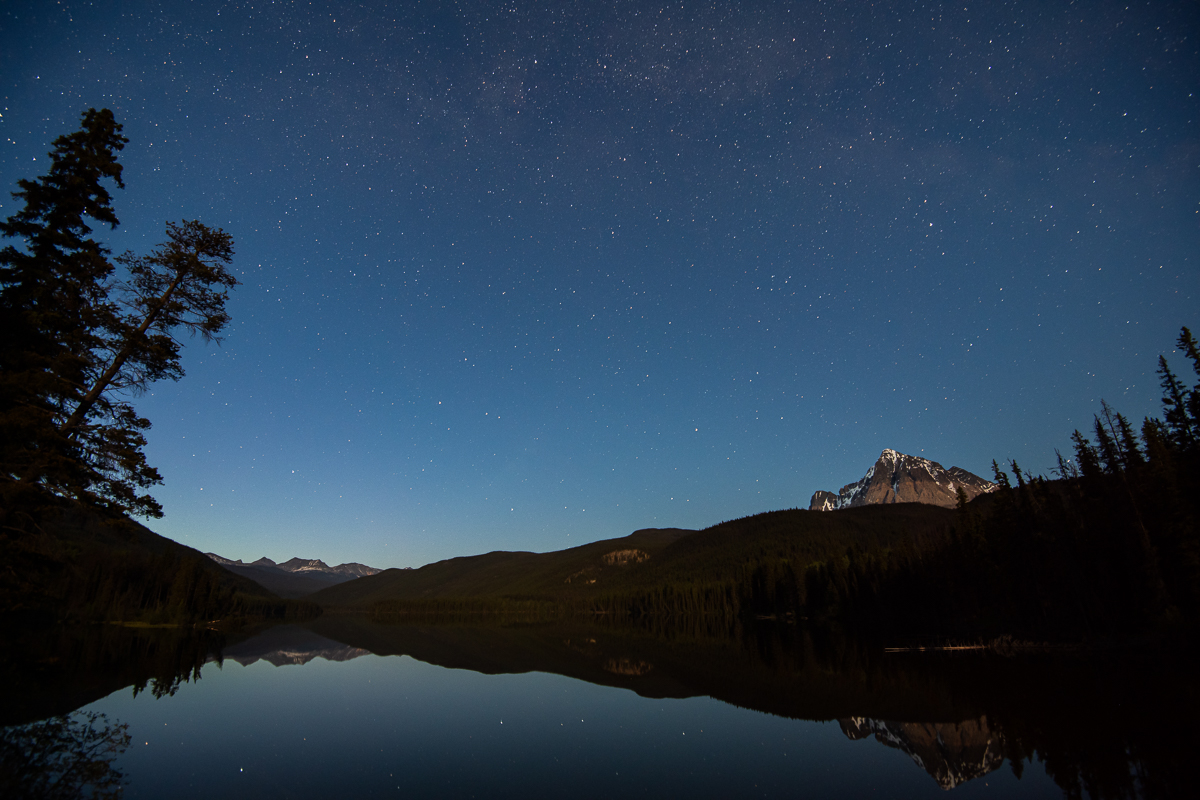 And, according to pollster Shachi Kurl, we need to understand what we can change and what we can’t – understand how to build our ideas around hard realities that won’t shift overnight.
And, according to pollster Shachi Kurl, we need to understand what we can change and what we can’t – understand how to build our ideas around hard realities that won’t shift overnight.
“You know, it’s all about don’t change much. Just tweak your behaviour a little bit. Make changes that are meaningful, but are manageable. Ditching plastic bags – when it’s done in a non-lecture-y, non-finger wagging way, it’s probably something folks can get their heads around. When you make it easy, people will get on board. When there is a giant ‘no-no-no-no! You’re doing things wrong! You’re a bad person!’, people tend to close off. It’s natural. This is how we raise our children; this is how we teach our students. The carrot has to be there as much as the stick.”
Which, when you think about it, is kinda like exercise or eating well. Crash diets and endless bunny food isn’t sustainable unless your name is Tom Brady.
And it’s for this reason that many believe the best research – the best stories – paint a picture of incremental change.
“I tend not to call it incrementalism so much as I do progress at the pace change that is sustainable in a systems sense.”
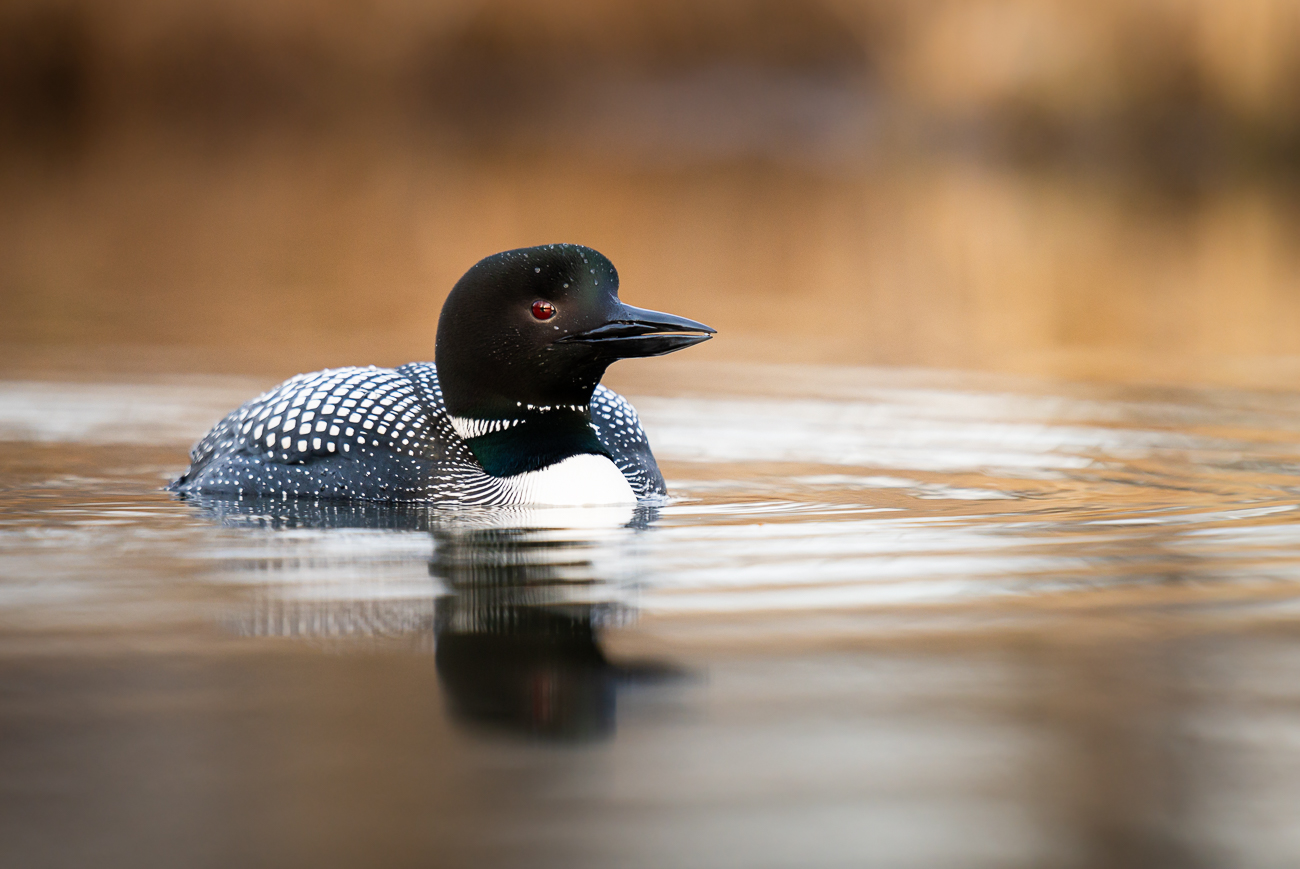 Jon Mobeck is the founding executive director of the National Loon Center and has spent a lifetime trying to balance the needs of people and nature by placing an emphasis on balance.
Jon Mobeck is the founding executive director of the National Loon Center and has spent a lifetime trying to balance the needs of people and nature by placing an emphasis on balance.
“My conservation vision is definitely people trying to put themselves in the shoes of others and therefore trying to walk down a path with another person, or with a group of people, in order to get meaningful things done.”
To realize this vision? Jon believes people need to see their impact on the problems at hand.
“What I have seen that is most successful is literally being on the ground, working with people who can understand and see the connection they have with each other. Everything becomes a little more tangible, a little more viable.”
In other words, Jon believes good ideas start at the local level and not with bold ideas and grand national – or global – visions.
“The ability of people to understand complex things might be a little bit limited.”
Pollster Shachi Kurl agrees with Jon’s assessment, but doesn’t think that’s necessarily a good thing.
“We are increasingly boiling things down to such a simple narrative, that our heads explode when we find complexity in things.”
Jon understands Shachi’s point, but believes to help society embrace complexity, we must heed Shachi’s earlier words of wisdom: Make change small, and the message manageable, so the public will embrace taking action.
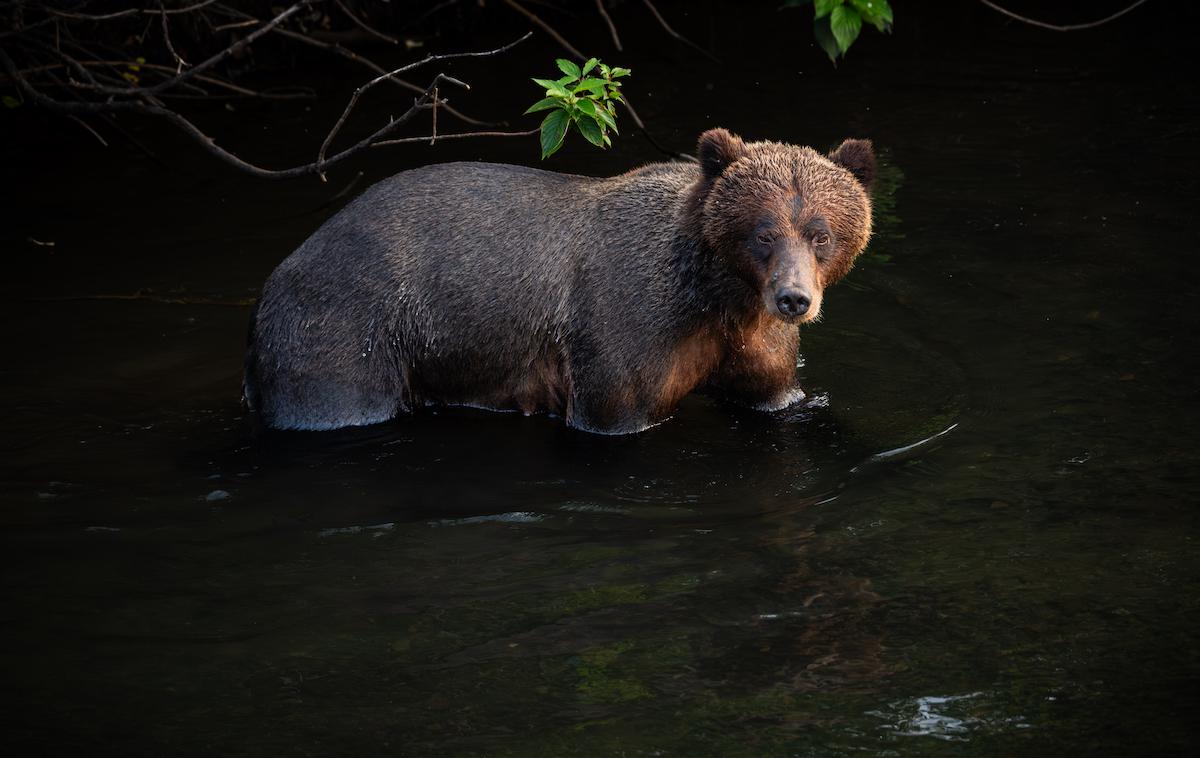 As Jon says, “When we have people doing simple things, that leads to the thought process of, ‘What are some other ways in which I’m impacting wildlife? What are some of the other things that I can do that reduced my personal impact on wildlife and the environment’.”
As Jon says, “When we have people doing simple things, that leads to the thought process of, ‘What are some other ways in which I’m impacting wildlife? What are some of the other things that I can do that reduced my personal impact on wildlife and the environment’.”
Jon adds, “It doesn’t take that many people to create quite a cultural wave.”
Jon believes the opposite is true for big ideas like Nature Needs Half – the proposal to protect half the Earth in an interconnected way. Jon feels it’s an idea that can drive a wedge between people and between communities.
“My view is that long-term progress needs to establish bridges, or to bring factions together. (With Nature Needs Half), it’s probably eroding that process, rather than building bridges.”
The ICUN’s Cyril Kormos – a global authority on forest conservation – reminds us, “I was once much more middle of the road and looking for those compromises. And what I noticed over time was that the news kept getting worse and that every time I saw someone talking about balance, what I really saw was the environment losing out.”
And though you’ve already heard this point from Harvey Locke, the man behind the Nature Needs Half proposal, it’s important to hear it again in the context of this conversation.
Recent scientific assessment by the Intergovernmental Science-Policy Platform on Biodiversity and Ecosystem Services says that we are in a crisis and we need transformative change. Ideas like Nature Needs Half are transformative ideas. They’re big enough to matter. It’s why they inspire hope.”
But John Mobeck tells us, “I don’t know that Nature Needs Half is necessary if we have individuals in communities who are connected to other communities around them in a sort of neighbourliness around a shared land ethic. When you add up (lots of individual actions) I think you reach the same outcome.”
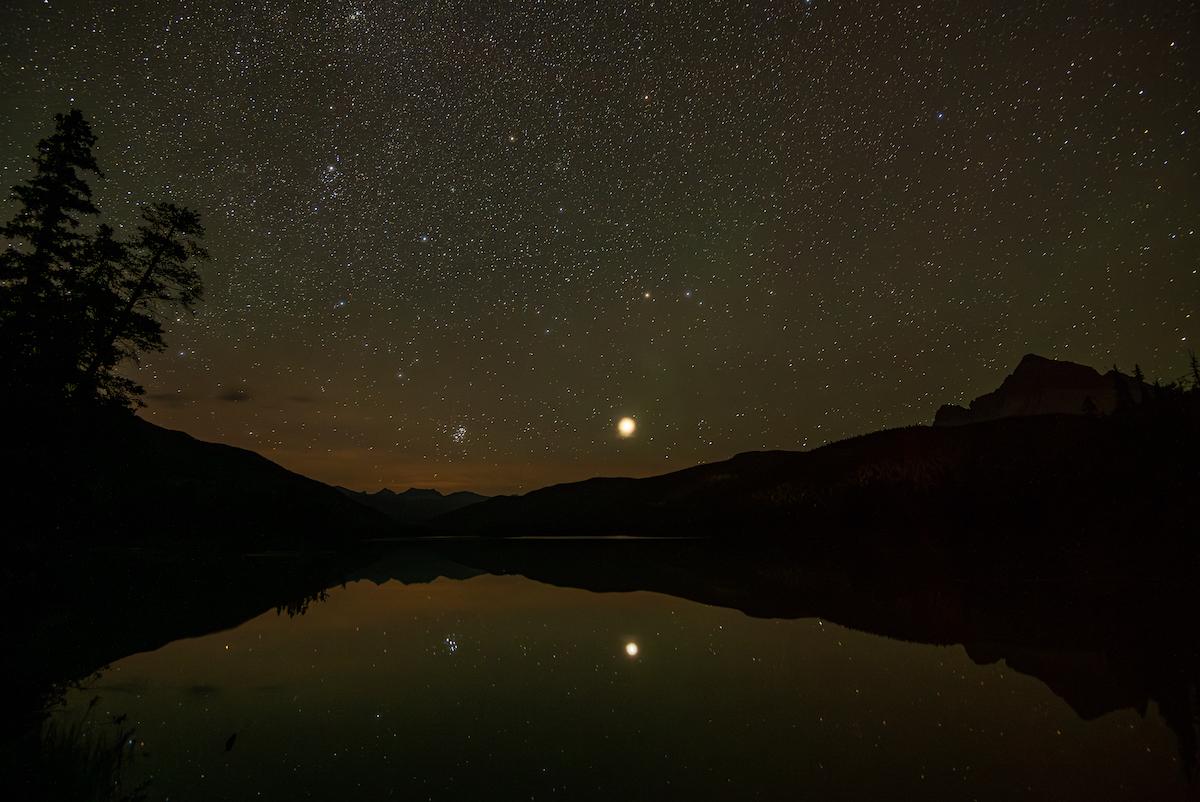 Harvey Locke hears what John’s saying, but adds: “This idea that we’ll continue to turn little dials, tune the radio because there’s a little bit of fuzz, ‘Well, if we just get it right, everything will be fine’. Everybody knows that’s nonsense. That’s why turning off the lights at nine o’clock at night is symbolically interesting, but isn’t meaningful enough to make people think there’s going to be the kind of change they want to see.”
Harvey Locke hears what John’s saying, but adds: “This idea that we’ll continue to turn little dials, tune the radio because there’s a little bit of fuzz, ‘Well, if we just get it right, everything will be fine’. Everybody knows that’s nonsense. That’s why turning off the lights at nine o’clock at night is symbolically interesting, but isn’t meaningful enough to make people think there’s going to be the kind of change they want to see.”
Political operator and harden realist Donn Lovett – a man skeptical of the Nature Needs Half proposal – agrees that local change, even though we can see it and get it, doesn’t always lead to bigger change.
As an example? Donn says, “Municipal government has a huge impact on our lives. Less than 30% of people vote (in municipal elections). Provincially, 40% vote. Federally, 60% now, it used to be 75%, vote. So, the further it gets away from our life, the more we seem to vote.”
Indeed, the bigger the scale, the more we vote and care. But if we’re being honest, the bigger the scale, the more we fight and become divided.
After all, when the sample size gets bigger – when the goal requires a larger portion of the population to support a decision – consensus is harder. That’s just simple math. But even if a decision is harder, it might still be the right one, according to Ken Wu.
You might hear Ken’s perspectives a few times, but, again, he offers important context for this debate.
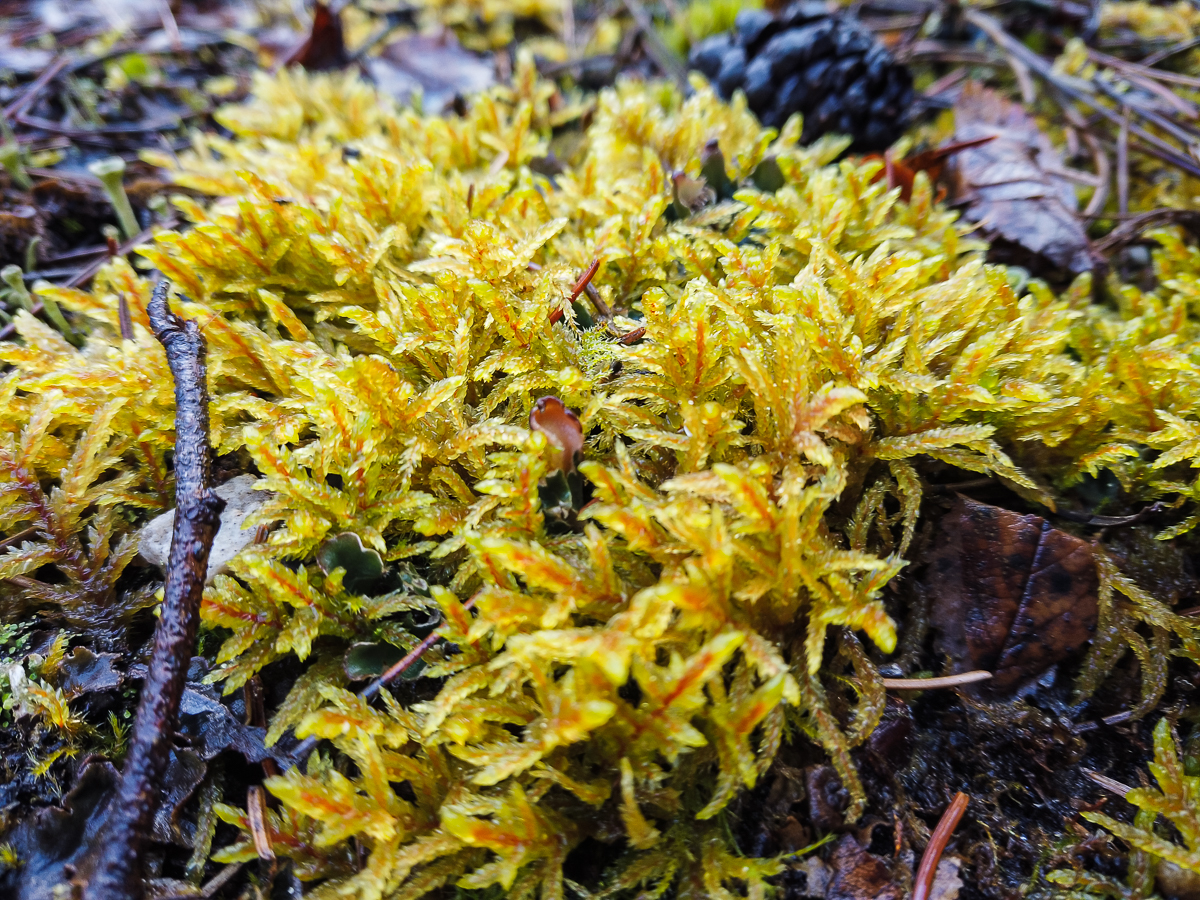 “To ensure viable populations of the whole salmon-predator ecosystems, you’re going to have to have to protect whole watersheds, and a lot of them. To ensure that large carnivores persist over time, you’re going to need a lot more land. Lichens and smaller organisms like fungi – if you were to factor in a comprehensive set of data of things that matter – then it expands how much has got to be protected.”
“To ensure viable populations of the whole salmon-predator ecosystems, you’re going to have to have to protect whole watersheds, and a lot of them. To ensure that large carnivores persist over time, you’re going to need a lot more land. Lichens and smaller organisms like fungi – if you were to factor in a comprehensive set of data of things that matter – then it expands how much has got to be protected.”
Local action?
“For sure. That’s got to be there. But they’re not looking at the viability in the long-run to sustain the entire suite of biodiversity.”
In part, Ken tells us, that’s because the scope of local decisions rarely takes into account downstream impacts – the national or global context.
“If we’re going to win the biodiversity battle, to conserve as much as possible, it’s too slow and inefficient of an approach, given politics as well, (to approach issues from the bottom up). We’re going to lose this battle.”
Ken believes that without big ideas, we’re oversimplifying the problems – and the solutions.
It’s why he tells us, even if big ideas have drawbacks?
“My point is, I think this is worth it ultimately.”
But big ideas do require big trade-offs. Because they’re harder to implement and require support on a broader scale, Ken says big ideas require “building allies with so-called ‘non-traditional’ allies.”
Ken, who is advocating for the federal government to create an Endangered Ecosystem Act, is working to build bridges with Indigenous communities, hunters, ATV users, resource workers and local chambers of commerce, all of whom in the past might have opposed an idea like Ken’s.
“What’s the point of doing all that? It’s because with the greater social breadth, you also have greater political strength to change the outcome, to change the laws. It just takes people power, and a lot of different kinds of people.”
Ken adds, “In the world, there are going to be interests, and people, who are fundamentally against what you’re doing, whether it’s entrenched ideologies or it’s because there’s a lot of money to be made. And in those cases, there may be no common ground.”
Again, total consensus is impossible on any issue. But Ken says, “It’s not that you can make an alliance with everybody, but it’s just that we can make alliances way beyond where we are now. You talk to your own kind normally. You don’t normally try to do something uncomfortable all the time and hang out with people that aren’t like you. That’s just not a natural instinct.”
 Which sounds unpleasant, but Ken explains it’s really about “being nice people. It’s actually about being human and chatting with people, and making the effort. Just doing it. What’s that saying? 90% of success is just showing up? A lot of this ‘non-traditional allies’ outreach is just making the effort to talk to forestry workers and the chambers of commerce, which most environmentalists are averse to doing.”
Which sounds unpleasant, but Ken explains it’s really about “being nice people. It’s actually about being human and chatting with people, and making the effort. Just doing it. What’s that saying? 90% of success is just showing up? A lot of this ‘non-traditional allies’ outreach is just making the effort to talk to forestry workers and the chambers of commerce, which most environmentalists are averse to doing.”
Jon Mobeck agrees that problem solving and decision-making really just boils down to relationship-building.
“I think of conservation work as relationships. How do I interact with other people in order to achieve the sorts of things I want to achieve? How can we create a shared respect and a shared ethic for the land? But that has to be built on respect and trust. Those things aren’t earned in 30 seconds; those things are earned over time.”
Jon’s right.
Even if a solution – an idea, a policy, a decision – receives majority support, if it’s only a bare majority, it’s not a lasting solution. Sure, it might be a beachhead – a start to be built on – but ultimately for a solution to last, it must go beyond a what’s known as a fifty-plus-one majority. Without buy-in from more than 70-80% of the population – without cross-partisan support – the debate won’t end and the fight will continue.
Of course, buy-in only happens when trust is created. And, again, Jon finds it easier to do that by creating tangible, local action that rallies communities together.
“I work best with the 80% in the middle. I have a harder time – although I respect and am grateful for – with people who are rattling the sabres on either side. I’m in the middle working with people to get things done.”
Ken agrees with Jon’s relationship-centric approach and understands why he’s focused on helping communities make better decisions.
“But we’re going to lose if we keep on doing (just) this. And we have been losing the biggest battles.”
So, who’s right? What’s the best approach to solving problems and making better decisions for people and nature? Should we advance big ideas or local action? Well, according to our former prime minister Kim Campbell?
“Both of those approaches work.”
And economist Sean Mullin agrees, adding: “It’s both. You can work diligently away at policy change and get the infrastructure in place, and then there can be a catalyzing event that gets people’s attention and causes opinion leaders to shift and pivot. If the infrastructure is there, if the thinking is there to capture that moment? That’s where the real ingredients for rapid policy change and solutions actually happen.”
What really matters, in both cases, is creating solutions that endure – ones that resolve a debate for good; ones that can withstand a change in government and the ebbs and flow of the public discourse.
What really matters, in both cases, is creating ideas that endure. But that only happens when a maximum number of stakeholders see their concerns addressed in a solution and that’s why Jon Mobeck tells us that no matter the approach?
“If we really want to make progress, it’s going to take patience, persistence, determination. Patience doesn’t mean sit and wait for things to happen – it goes right along with determination and persistence, but done so in a thoughtful and strategic way that moves everyone toward progress.”